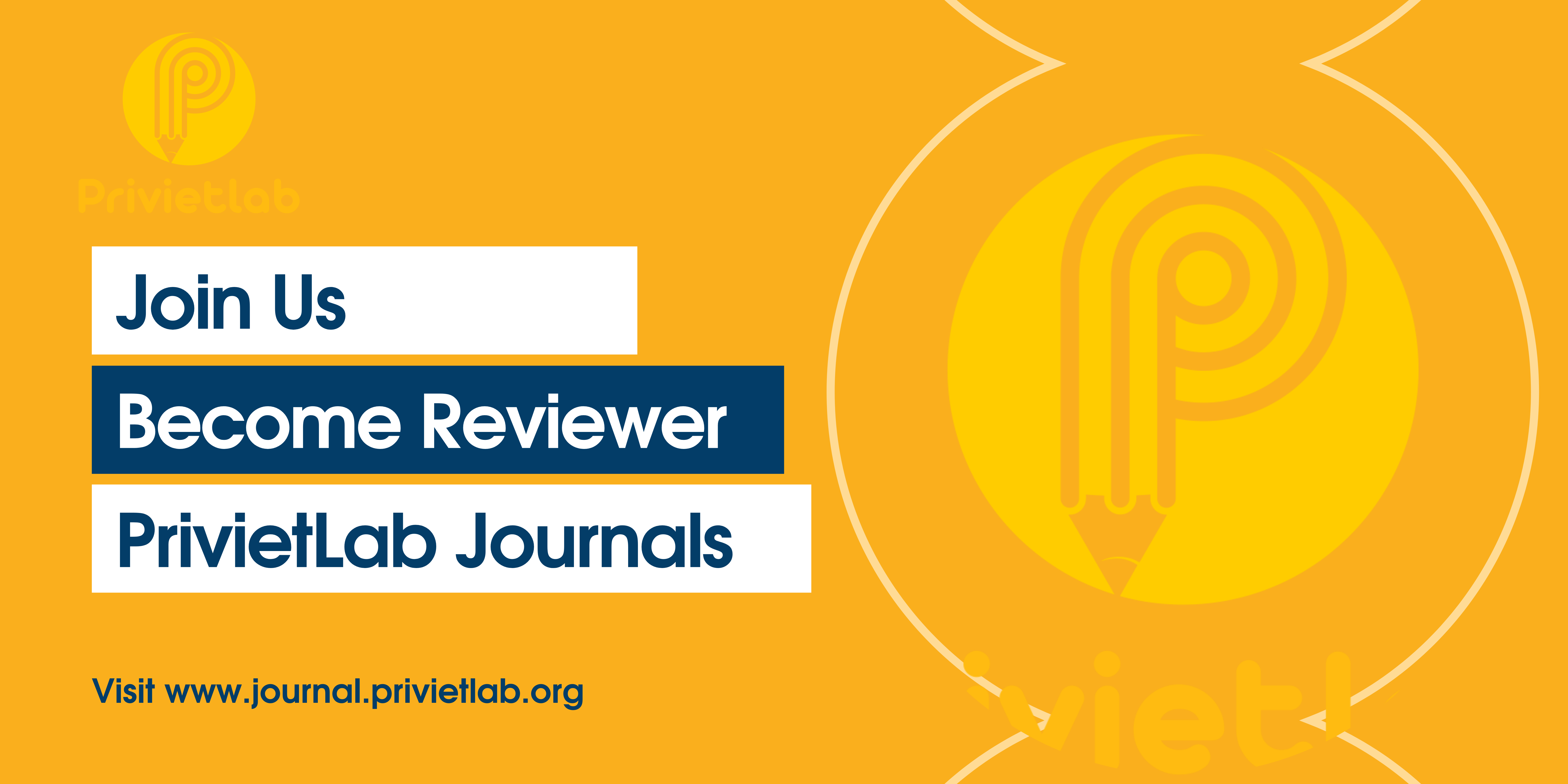Analysis of Royal Prima Hospital service with a comparison between the K-Means Algorithm method and K-Medoids Clustering
DOI:
https://doi.org/10.55942/pssj.v3i8.229Keywords:
Hospital, Service, K-Means Algorithm, K-Medoids ClusteringAbstract
Hospitals are an integral component of the health system, aimed at providing comprehensive individual healthcare. This includes inpatient, outpatient, and emergency services. For hospitals to be competitive, it is imperative that they offer high-quality services, adhere to standards, and serve all demographics. Drawing data from 341 Hospital Service Quality Surveys, the development of hospitals allows patients to determine which institution best meets their care needs. One of the challenges is ensuring patient satisfaction, thus building trust in the provided services. Factors influencing the quality of health services include the availability of resources, service facilities during the insurance period, ease of accessing information, and timeliness of services. The Royal Prima Medan Hospital emphasizes the utmost importance of public safety in its services. The study aims to understand the influence of responsibility and reliability on insurance company safety. This research is a descriptive analytical study conducted at the Royal Prima Medan Hospital, located at Puskesmas Padang Bulan. Data collection methods ranged from observation, questionnaires, interviews, documentation to literature review. The analysis compared the results of the K-Means and K-Methoids Clustering algorithms, with the K-Means method yielding five clusters and a satisfaction score of 2.701288, while the K-Methoids method resulted in two clusters with a satisfaction score of 2.71. The comparative analysis revealed that the K-Methoids Clustering method produces fewer clusters than the K-Means method.
References
Ahmad, A. K. (2017). Kajian konseptual model pembelajaran blended learning berbasis web untuk meningkatkan hasil belajar dan motivasi belajar [Conceptual study of a web-based blended learning model to improve learning outcomes and motivation]. Jurnal Pendidikan Edutama, 4(2).
Alharbi, N. S., Alghanmi, A. S., & Fahlevi, M. (2022). Public Awareness, Uses, and Acceptance towards Government Health Mobile Apps during the COVID-19 Lockdown: The Case of Saudi Arabia. ICIC Express Lett. Part B Appl, 13, 887-895.
Alharbi, N. S., AlGhanmi, A. S., & Fahlevi, M. (2022). Adoption of health mobile apps during the COVID-19 lockdown: a health belief model approach. International journal of environmental research and public health, 19(7), 4179.
Fahlevi, M. (2020, August). Mobile applications for health management in Indonesia. In 2020 International Conference on Information Management and Technology (ICIMTech) (pp. 324-329). IEEE.
Fahlevi, M., & Alharbi, N. (2021). Adoption of e-payment system to support health social security agency. International Journal of Data and Network Science, 5(4), 737-744.
Fahlevi, M., & Alharbi, N. S. (2021, October). The used of technology to improve health social security agency services in Indonesia. In 2021 3rd International Conference on Cybernetics and Intelligent System (ICORIS) (pp. 1-5). IEEE.
Manshuruddin. (2021). Strategi inovasi pembelajaran pendidikan agama Islam pada masa pandemi Covid-19 di SMP Panca Budi Medan [Innovative teaching strategy of Islamic religious education during the Covid-19 pandemic at SMP Panca Budi Medan]. Jurnal Kajian Islam Kontemporer (JURKAM), 2(1).
Nandang, F. (2020). Inovasi pembelajaran daring pada masa pandemi Covid-19 [Online learning innovation during the Covid-19 pandemic]. Prosiding Seminar Nasional Pendidikan FKIP, 3(1).
Parashakti, R. D., Fahlevi, M., Ekhsan, M., & Hadinata, A. (2020, April). The influence of work environment and competence on motivation and its impact on employee performance in health sector. In 3rd Asia Pacific International Conference of Management and Business Science (AICMBS 2019) (pp. 259-267). Atlantis Press.
Ramadhani, I. D., Latifah, L., Prasetyo, A., Khairunnisa, M., Wardhani, Y. F., Yunitawati, D., & Fahlevi, M. (2022). Infodemiology on diet and weight loss behavior before and during COVID-19 pandemic in Indonesia: Implication for public health promotion. Frontiers in Nutrition, 9, 981204.
Syaiful, A. (2022). Pelaksanaan pembelajaran di STAI Rakha sebelum, semasa dan sesudah pandemi Covid-19 [Implementation of learning at STAI Rakha before, during, and after the Covid-19 pandemic]. Adiba: Journal of Education, 2(1).
Usman. (2018). Komunikasi pendidikan berbasis blended learning dalam membentuk kemandirian belajar [Educational communication based on blended learning in forming learning independence]. Jurnal Jurnalisa, 4(1).

















